When we were planning our trip and we decided to start from Victoria Falls, I thought: well, I like waterfalls and by all accounts this is worth seeing, but a waterfall is just a waterfall. Right?
Nope. I really don’t think I could have been more wrong.
The first impression that the falls make as you first set eyes (and ears and whatever sensory organ that detects the earth shaking, feet I guess) is indescribable. I could never ever anticipated the raw, relentless, power that nature could generate.
I was trying to think how to describe the Falls, but I’ll leave that to Dr David Livingstone, who said this after he’d become the first European to set eyes on them.
“No one can imagine the beauty of the view from anything witnessed in England. It had never been seen before by European eyes; but scenes so lovely must have been gazed upon by angels in their flight.”
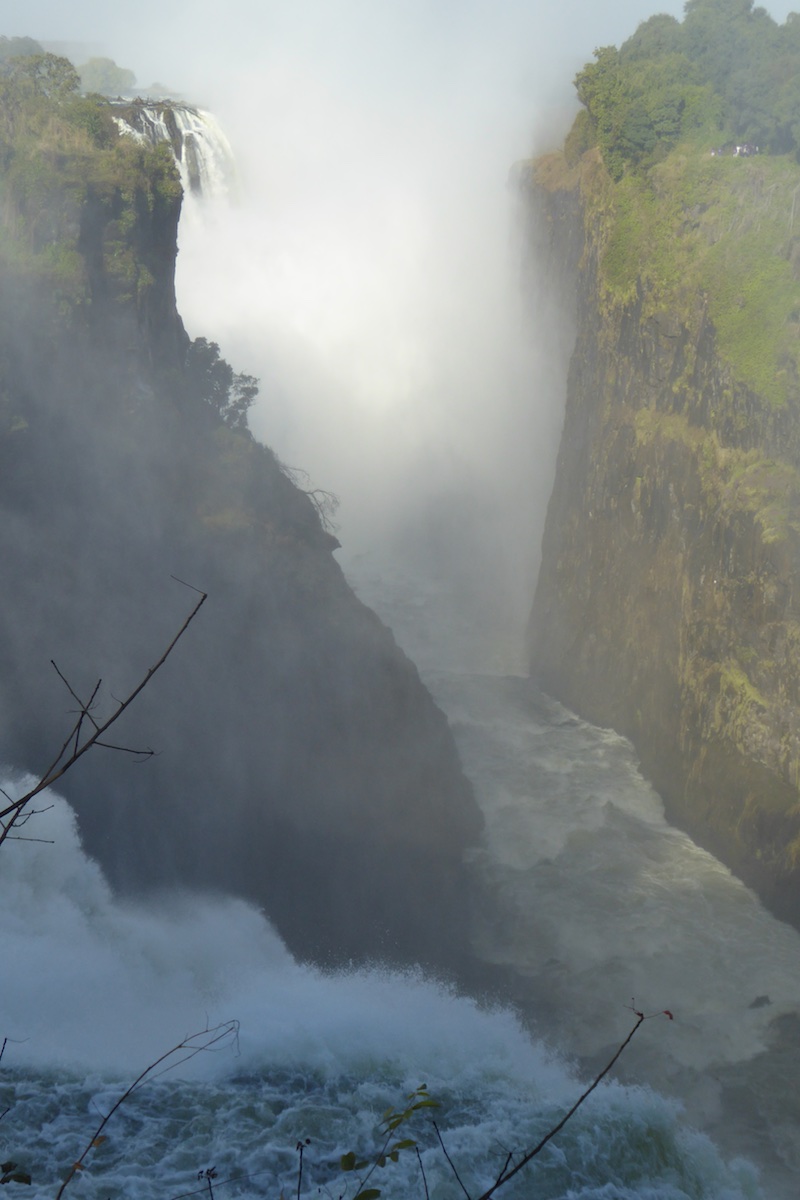
You’ll just have to experience it for yourself, but for now I’ll let our pictures do the talking…
A couple of footnotes:
When you go there they say that rainwear is advisable. Outside you can rent, for a few $US, a big cape with a hood.
Obviously, I didn’t bother.
Obviously I did get very wet!
The spray is not really spray, it’s more like heavy rain. You’re walking along and the wind seems to pick up a few litres of water and just dump them on you. And it’s cold!
Second thing. We decided to go all out and take the helicopter trip. Only from the air can you really appreciate the scale of not only the falls themselves, but also of the Zambezi River itself.
Awesome. (A word I don’t really like, but is the only one that I can think of…)
Facts:
The local name for the falls is ‘Mosi-oa-Tunya’ which means ‘The Smoke That Thunders’.
- The falls are 360 feet (108m) high, and 5,604 feet (1,708m) wide.
- The gorge into which they plunge is only 80 to 240 feet (25m – 85m) side.
- During the wet season in March/April, it is estimated that 500 million litres of water per minute flow over the Victoria Falls.
- During the dry season, it can be as low as 10 million litres.
- The 1958 flood of the Zambezi saw the Falls reach record volumes of over 770 million litres per minute.
- The mist cloud formed by the falls rises between 40 & 80 meters into the air and can be seen up to 30 miles (50km) away
Lastly, how did it get there?
It seems strange to me that this big wide river, meandering leisurely across a plain without a mountain or hillside in sight, should suddenly plunge a hundred meters into a ravine and then carve its way through a gorge.
Victoria Falls results from soft sandstone filling huge cracks in the hard basalt rock of the plateau creating lines of weakness. As the Upper Zambezi flowed across the plateau in ancient times, it found the cracks and started wearing away the softer rock, eventually creating a series of gorges. Geologists estimate that the river has been falling into these gorges for at least the last 100,000 years. As the rock wears away, the cataract follows these cracks and moves further upriver across the plateau.
Currently the falls are almost a mile wide where they enter the first gorge. From there they follow their zigzag course through a series of gorges which are designated by number. The river continues zigzagging through a total of six gorges, which range from 400 to 800 feet (120-240m) deep, before settling into a steep, walled chasm known as the Batoka Gorge which is filled with wild rapids. After traveling 120 miles (200k) the river finally empties into Lake Kariba.
In ancient past, each of these gorges has been the location of an earlier version of Victoria Falls which has moved further upstream as the river has eroded away the sandstone.
Victoria Falls straddles both Zimbabwe and Zambia and the Devil’s Cataract, on the Zimbabwean side, is lower than the rest of the present falls and shows how the force of water is starting to cut back along one of these lines of weakness. It will probably erode its way back to another east-west joint where a future line of the waterfall will eventually become established.
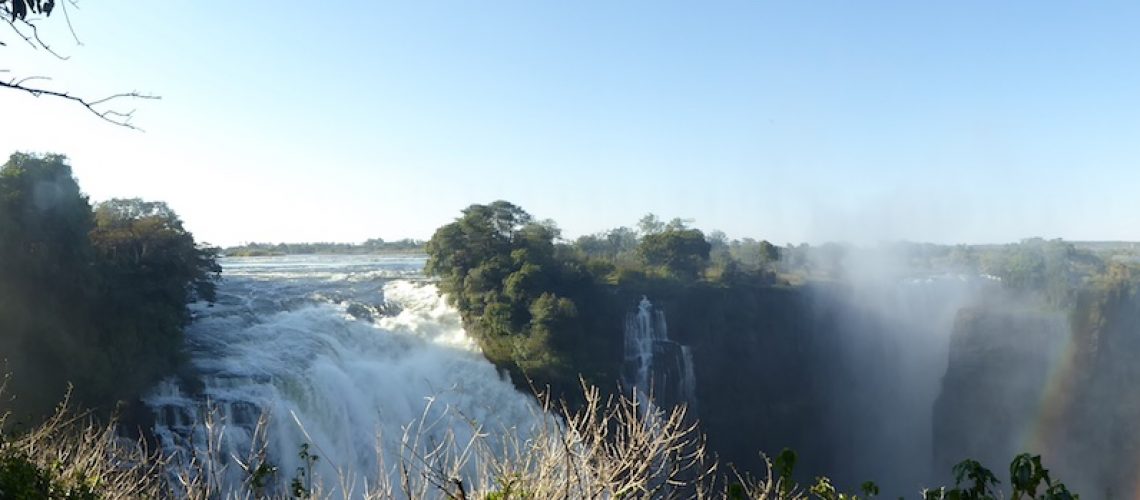

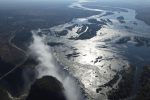
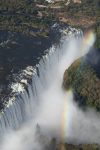
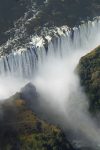
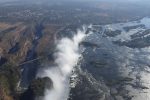
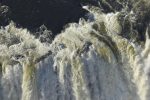
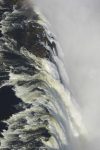
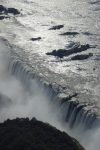
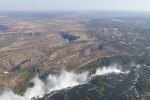
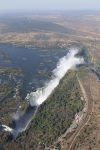
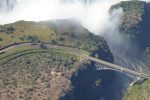
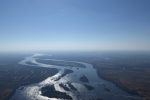

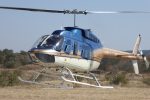

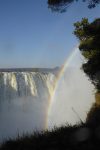
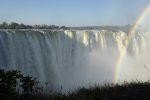

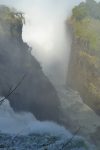
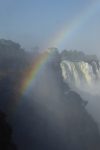

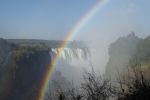
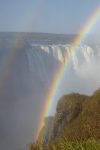
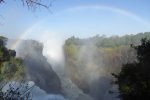
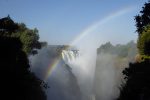
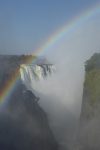

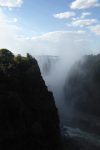
2 thoughts on “Mosi-oa-Tunya; The Smoke That Thunders 🇿🇼”
Pingback: Iguaçu Falls - #offaroundtheworld
A great experience! Will you be going to the Iguassu Falls when /if you are in South America? They are an absolutely amazing sight- huge and spectacular. Hope you can get there too. Hilary